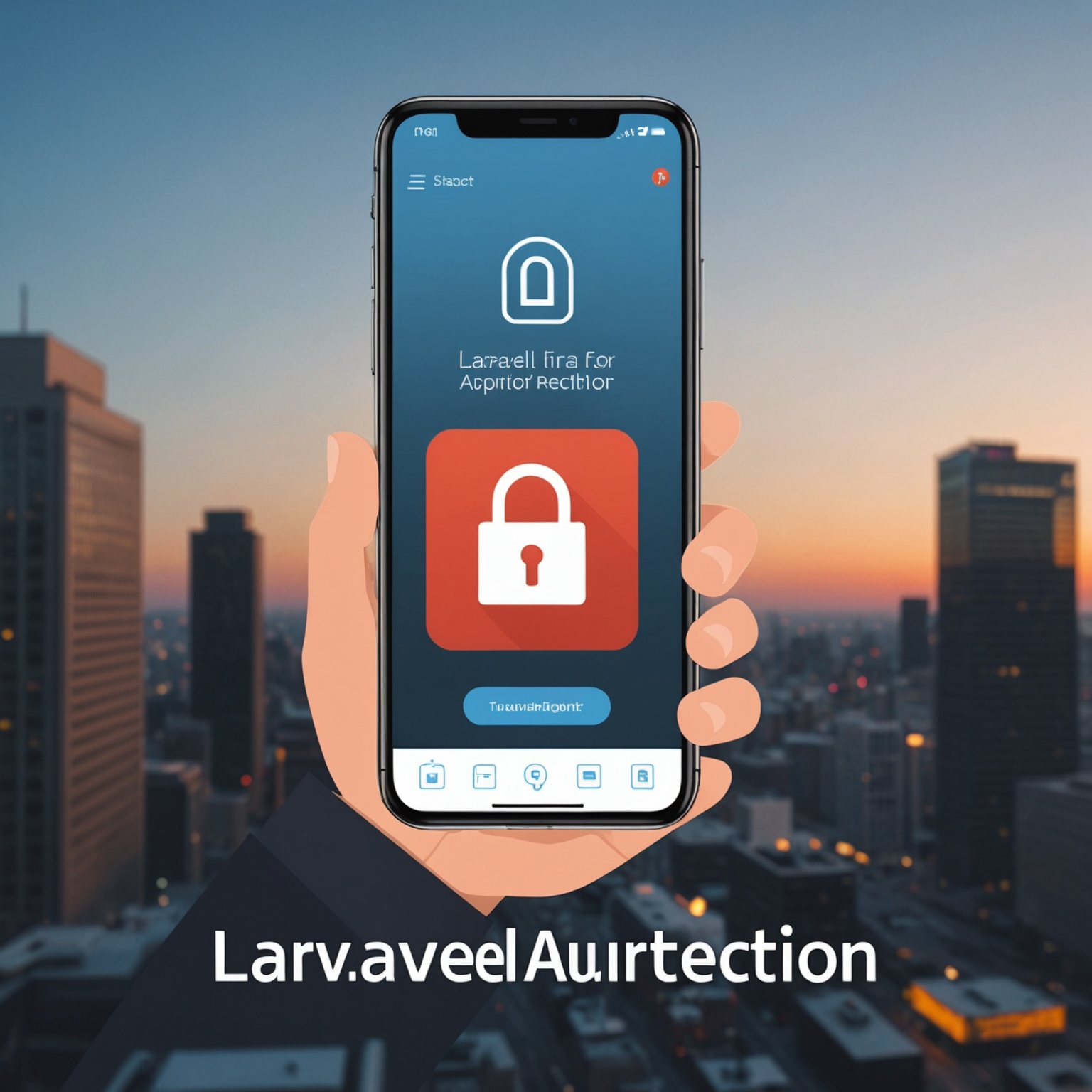In today’s digital world, security is paramount. As web developers, we must protect user data and maintain the integrity of our applications. One effective method to enhance security is by implementing two-factor authentication (2FA). This extra layer of security ensures that even if someone obtains a user’s password, they would still need a second form of verification to gain access. In this article, we will walk you through the implementation of two-factor authentication in a Laravel application, ensuring your application remains secure and trustworthy.
Understanding Two-Factor Authentication
Before diving into the technical aspects, it’s crucial to understand what two-factor authentication (2FA) is and why it is essential. 2FA adds an extra layer of security by requiring users to provide two forms of identification before accessing an account. Typically, the two factors include something the user knows (password) and something the user has (a mobile device or an authentication app).
Lire également : What are the steps to configure a CI/CD pipeline using Jenkins for a Ruby on Rails project?
Implementing 2FA in your Laravel application can significantly reduce the risk of unauthorized access, providing peace of mind for your users and enhancing your application’s overall security stance.
Setting Up Your Laravel Application
To get started, you need a Laravel application. If you don’t have one already, you can create a new application using the following command:
Sujet a lire : What are the best practices for securing a Django application in a production environment?
composer create-project --prefer-dist laravel/laravel laravel-2fa
Once your Laravel application is up and running, the next step involves installing the necessary packages to support two-factor authentication.
Installing Required Packages
To implement 2FA, we will use the Laravel Fortify package. Fortify handles the authentication backend for Laravel applications, including login, registration, and two-factor authentication. Here’s how to install and configure it:
-
Install Laravel Fortify:
composer require laravel/fortify -
Publish Fortify’s resources:
php artisan vendor:publish --provider="LaravelFortifyFortifyServiceProvider" -
Run migrations:
Ensure your database is configured in the
.envfile, then run:php artisan migrate -
Register Fortify service provider:
In
config/app.php, add the following line to the providers array:AppProvidersFortifyServiceProvider::class, -
Enable Fortify features:
Open
config/fortify.phpand enable the two-factor authentication feature:'features' => [ Features::twoFactorAuthentication(), ],
Fortify is now set up and ready to handle two-factor authentication.
Configuring Two-Factor Authentication
With the necessary packages installed, let’s configure 2FA in your Laravel application. This involves setting up routes, views, and controllers to handle the 2FA workflow.
-
Routes:
Fortify takes care of most authentication routes. In your
routes/web.php, you can use the following:use LaravelFortifyFortify; Fortify::loginView(fn () => view('auth.login')); Fortify::registerView(fn () => view('auth.register')); Fortify::twoFactorChallengeView(fn () => view('auth.two-factor-challenge')); -
Views:
Create the necessary authentication views in the
resources/views/authdirectory. Fortify provides default views, but you can customize them to fit your application’s design. -
Controller:
Fortify handles most of the 2FA logic. However, if you need custom behavior, you can extend Fortify’s controllers. For instance, create a
TwoFactorAuthControllerto handle custom logic:namespace AppHttpControllers; use IlluminateHttpRequest; class TwoFactorAuthController extends Controller { public function showTwoFactorChallenge() { // Custom logic return view('auth.two-factor-challenge'); } }
Ensure your routes point to this custom controller if you decide to override Fortify’s defaults.
Testing Two-Factor Authentication
After configuring, it’s time to test the 2FA implementation. Register a new user and enable 2FA by navigating to the user profile page. You’ll typically see options to enable 2FA using an authentication app like Google Authenticator.
-
Register a New User:
Visit the registration page and create a new account.
-
Enable 2FA:
Once logged in, navigate to the profile settings page, and enable two-factor authentication. You will be prompted to scan a QR code with an authentication app.
-
Test Login:
Log out and attempt to log in. After entering your username and password, you will be prompted to enter the 2FA code from your authentication app.
If everything is set up correctly, you’ll see the two-factor challenge screen. Enter the code from your authentication app to complete the login process.
Enhancing User Experience
Implementing 2FA is not just about improving security; it also involves ensuring a smooth user experience. Here are some tips to make 2FA user-friendly:
-
Clear Instructions:
Provide users with clear instructions on how to set up and use two-factor authentication. Include visuals like QR codes and step-by-step guides.
-
Backup Codes:
Offer backup codes that users can use in case they lose access to their authentication device. Fortify supports the generation and management of backup codes.
-
User Notifications:
Notify users via email or SMS when 2FA is enabled or disabled on their account. This adds an extra layer of security and keeps users informed.
-
Error Handling:
Ensure your application gracefully handles errors related to 2FA. Provide meaningful error messages and guidance on how to resolve issues.
-
Mobile Compatibility:
Ensure the 2FA setup process is mobile-friendly. Many users will enable 2FA using their mobile devices, so a responsive design is crucial.
Implementing two-factor authentication in your Laravel application is a robust way to enhance security and protect user data. By following the steps outlined in this article, you can set up 2FA using Laravel Fortify, ensuring your application is secure and user-friendly.
Two-factor authentication adds an extra layer of protection by requiring users to provide two forms of verification before accessing their accounts. This significantly reduces the risk of unauthorized access, giving your users peace of mind and enhancing the overall security of your application.
By investing time in implementing and configuring 2FA, you demonstrate a commitment to security, crucial in today’s digital landscape. Your users will appreciate the extra effort, and your application will be better protected against potential threats.
In summary, two-factor authentication is a vital security measure that you can effectively implement in your Laravel application using the Fortify package. By following the setup and configuration steps, you can ensure a smooth and secure experience for your users, ultimately building a more resilient and trustworthy application.











